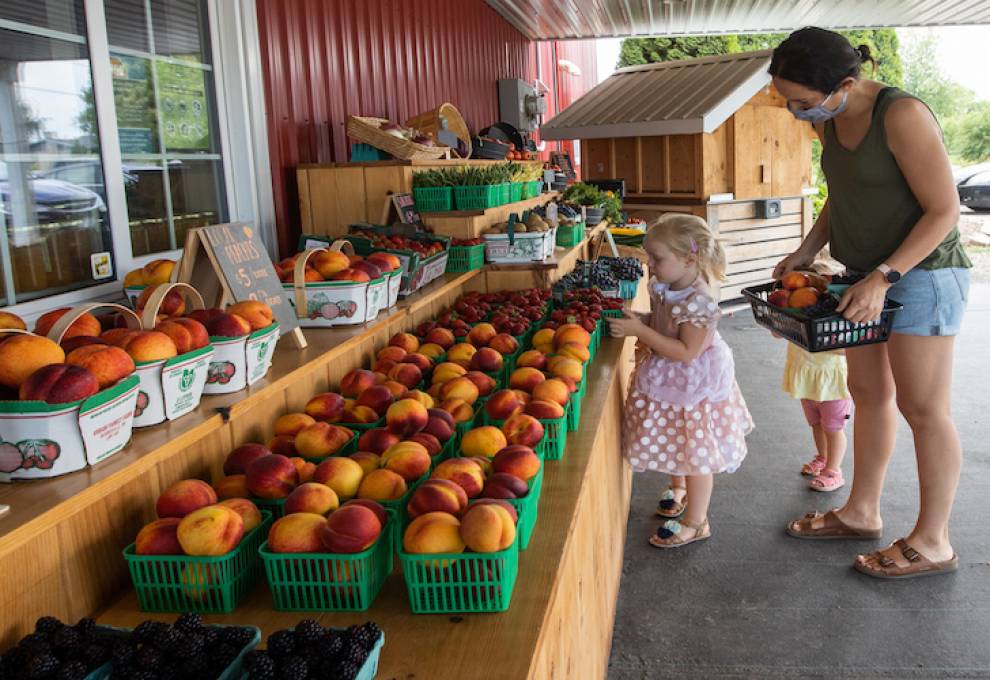
Whenever you see or hear a government voicing concern about the health of its citizens – and vowing to do something about it – it’s usually some kind of reactive measure related to problems with human resources.
Doctor shortages, for example. Or hospital staffing issues. Or burnout among personal service workers. Chronic and severe problems, for sure.
And indeed, when the Ontario government returned to the legislature on September 14, saying it was ready to continue implementing its made-in-Ontario plan for growth, renewal and long-term recovery, it stated its fall agenda would “build on the work undertaken over the summer, focusing on job creation, skills training, attracting investment, strengthening communities, and fortifying the front lines of the province's health care system.”
That’s right-headed. By all means, let’s do all we can to support front-line workers.
And let’s start by doing all we can to stay healthy, so these workers have the time and space to deal with the second wave of COVID-19 virus victims that are now starting to appear.
It’s a fact that healthy people are better equipped to fight disease. But the government’s plan doesn’t include efforts to help people eat better. So, we’d better do it ourselves.
Encouraging signs exist. Registered dietitian Jane Dummer of Kitchener says the first round of COVID-19 drove consumers towards so-called comfort food. Suddenly, they were home all day. They could bake and cook (and eat) like they hadn’t in years.
And with the second wave knocking on the door, they’re still at home. Except now, they’re saddled with the weight they’ve added because of too many poor food choices.
So, they’ve started shopping with health in mind. A new report from the International Food Information Council says that as a result of the pandemic, as many as 20 per cent of consumers say they are eating healthier.
“I believe anybody in the food space who is not identifying health as an emerging key investment is losing opportunities,” she says.
Fruit and vegetable producers, take note. For ages, it’s been nearly impossible to get Canadians to eat the recommended amount of healthy fruit and vegetables. Even Canada’s food guide tried, suggesting more “green” be on consumers’ plates than ever before.
Maybe now it won’t be so tough to sell the idea. And the focus should be much easier – stay healthy and stay out of the hospital.
It’s also a great time to reach kids, via their parents. Listening to the news of the second wave’s arrival, my wife wondered aloud if the pandemic will likely turn the next generation into germophobes.
I wouldn’t be surprised. And if their fear of disease is accompanied by an elevated awareness of their personal health and the advantages of eating well, then once again, fruit and vegetable growers have an opportunity to reach new consumers and help them in their lifelong quest to stay healthy.
Kids will – or can -- learn good food habits at home from their parents. And that’s where efforts such as the University of Guelph’s 20-year Guelph Family Health Study come in.
Started back in 2014, it’s one of the longest-term studies ever undertaken by the institution, designed to help families improve their health through better food, activity, leisure and sleep.
It’s making progress. Working with families, researchers have determined that those who received in-home health education and keep food intake records had a significantly higher fruit and fibre intake than those receiving only monthly email topics about the topic. And that supports better health.
Such findings point to the fact that fruit and vegetables have a new place of prominence in our lives, and that growers deserve recognition and support for their vital role in producing them.
This kind of healthcare is worth investing in too.

Add new comment